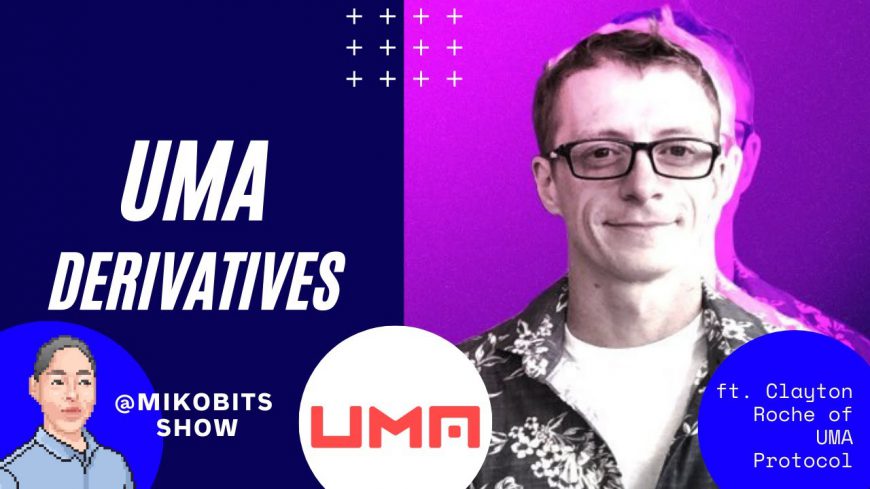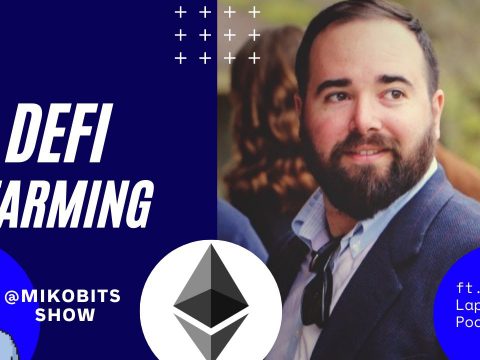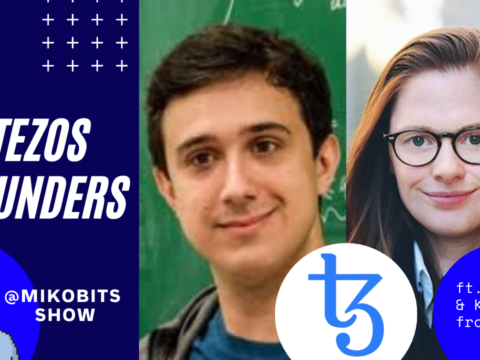
UMA allows for the creation of synthetic assets.
This requires a price to move from off-chain to on-chain which is of course the Oracle problem.
UMA embeds a novel form of oracle that only needs to be consulted during a dispute, for example during a liquidation event. Prices are pushed on chain during disputes.
As such, UMA works a bit more like a court of law, and most transactions go uncontested. Like most commerce, people generally behave in proper ways. It’s only when things go sideways that this governance system works in the context of adjudication.
Allison and Hart are the cofounders with backgrounds in traditional finance such as Goldman Sachs.
We also discuss the game theory of Thomas Schelling (Schelling point theory) as the underpinning theoretical basis for the UMA oracle. This relates to the idea that a Schelling point which is essentially a guessing game where each player is incentivized to guess what another player will do based on clues within the game rather than any ability to collude.
UMA assures that all assets covered by UMA are worth less than the total market cap/value of the UMA token. This is the broad mechanism through which UMA secures the assets.
Disclaimer
Information is provided for general educational purposes only. This presentation is not an offer to sell securities or a solicitation of offers to buy securities. Nothing contained herein constitutes investment or other advice nor is it to be relied on in making an investment decision. For more important information, please see disclaimer



